Surviving WinterOur winter in VA this year has been downright weird with warm 60-70 degree days that change into 20-30 degree days over the course of a single week. It’s tough enough for us humans to know what to wear to keep warm, so it’s no wonder the bees have no idea what to do within their hives! You see... when the weather starts to warm, each Queen begins to lay eggs to build up the colony in anticipation of spring. But when the weather turns cold again, that means there are more mouths to feed and keep warm. Such fluctuations in the weather add undue stress on each hive of bees. This stress can cause the hive to die if conditions become too extreme. Within each hive, the optimal temperature at any one time is 95 degrees Fahrenheit. It is the best temperature for the emerging brood (baby bees) to develop normally. When the temperature outside is below that, the bees keep the internal hive temperature at 89-95 degrees by clustering together and beating their wings to cause friction and maintain the heat. In the summer, when temps go above 95 degrees, the bees will stand outside the entrance of the hive and beat their wings to fan cool air into the hive as a sort of air-conditioning. They maintain a temp of around 95 degrees year-round! Any seasoned beekeeper knows in the fall that some of his hives may not make it through the winter. Many conditions can determine how well a hive weathers the winter. How strong is the Queen and her laying capabilities? How strong is the overall colony of bees? Are they disease-free? Do they have ample stores of honey as their winter food source? They need anywhere from 40 lbs of honey for southern bees to 90 lbs for northern bees per colony or hive! During the warmer months, a beekeeper will inspect his/her hives regularly to make sure (a) the Queen is strong, (b) there are no signs of small hive beetles that can destroy a hive if left unmanaged, (c) the bees are building up their stores of honey, and (d) that the overall health of the colony is good. The problem is: unless temperatures are at least 50 degrees, a beekeeper is unable to open the hive for an inspection. Imagine if someone threw open all your windows and pulled off the roof of your house so they could look inside in the dead of winter… yikes! You’d be freezing in no time! The same goes for a hive of bees. They need to maintain their 95 degrees. If baby brood gets chilled, the larva will die. So what happens in winter? Well, the beekeeper waits and hopes that everything is well within each hive. There are ways to surmise if they are ok, but until they are opened up, it’s mostly a guessing game. My son had gone into the winter with 16 beehives. Once the weather started to warm up a few weeks ago, he was down to what he thought was 12. It looked like he lost 4 hives due to the weather, but he wouldn’t know for sure until he inspected them. He hadn’t seen any activity around the 4 hives for weeks, which is a clear sign of trouble. Then the weather warmed up, and we enjoyed some 70 degree days. All of a sudden, the 4 hives that he thought were dead started to show signs of life again. It could mean that they had made it after all or that the healthy neighboring hives had built up their numbers enough to swarm into the empty space. A couple of weeks ago, I went to visit him and check in on the hives. Inspecting the hives can be a bit tricky since they are busy working and don't want us humans bothering them! So having an extra set of hands to aid in quickly making an inspection is always helpful. While I was there, I took the video that follows. Bee Hive Reducers and Multiple Entrances
As the weather warms, the upper entrance may be left open to allow better ventilation and to help the bees control the inside from getting too warm. Having two entrances can also help with the overall colony movement. Remember that a healthy hive can include between 20,000 and 80,000 bees. So bee traffic can get crazy! SwarmsWith the warm weather, the Queen starts to lay her daily average of 1500 - 2000 eggs (yes, that many!). So it doesn't take long for the colony to outgrow its space. When the Queen feels like the space is getting too crowded, she will take half of the colony population and fly off in search of another home, leaving the other half to raise a new Queen. This is called "swarming." It is the colony's way of reproducing another colony while maintaining the old colony. Swarms can happen quickly and will keep a beekeeper busy trying to catch the swarm or building up the hive body to accommodate the growing colony. Over the past two weeks, my son has been trying to keep up with his "girls," as I affectionately like to call the bees. He has been busy building more hive boxes and frames, plus catching swarms that have decided to take flight. So far, he has dealt with 5 swarms.
#savethebees
2 Comments
Dr. Dirt
5/12/2019 10:03:19 pm
Well done, great info. Are there any bee supplies in Va that ship into NY.
Reply
Leave a Reply. |
Welcome to Tailored Tidbits!If I'm not in the kitchen cooking up new items for my shop, I'm sewing fabric baskets, taking care of our honeybees, pitching in on the latest project at my son's, or planning a trip somewhere with my daughter. Here, I'll share a "day in the life" at Tailored Touches! 
Sign up for the newsletter for an instant 10% off coupon.
Categories
All
Archives
February 2019
|

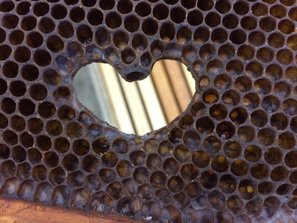


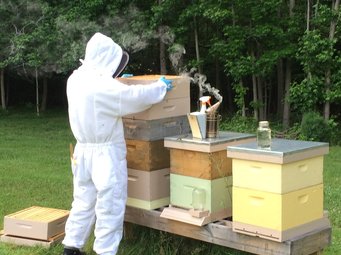
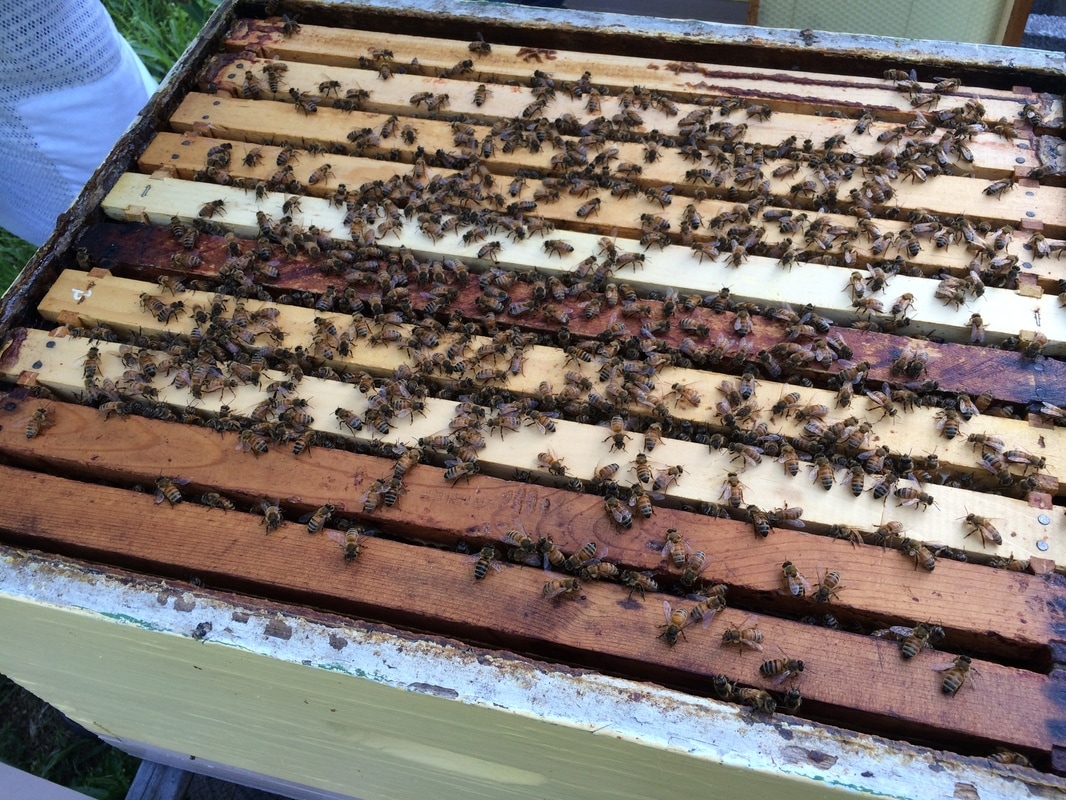
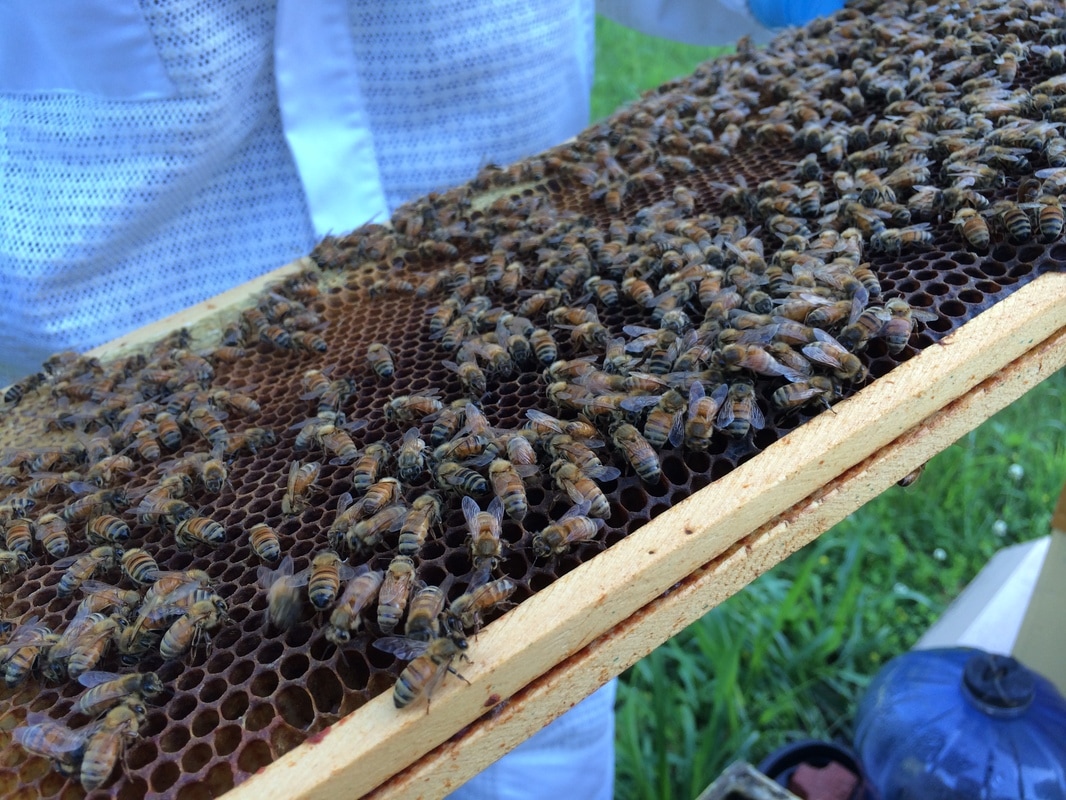
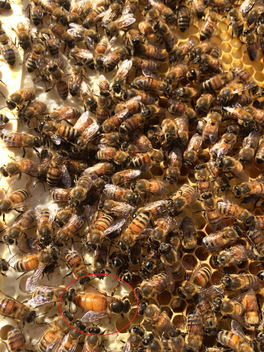
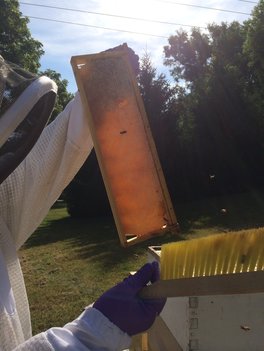
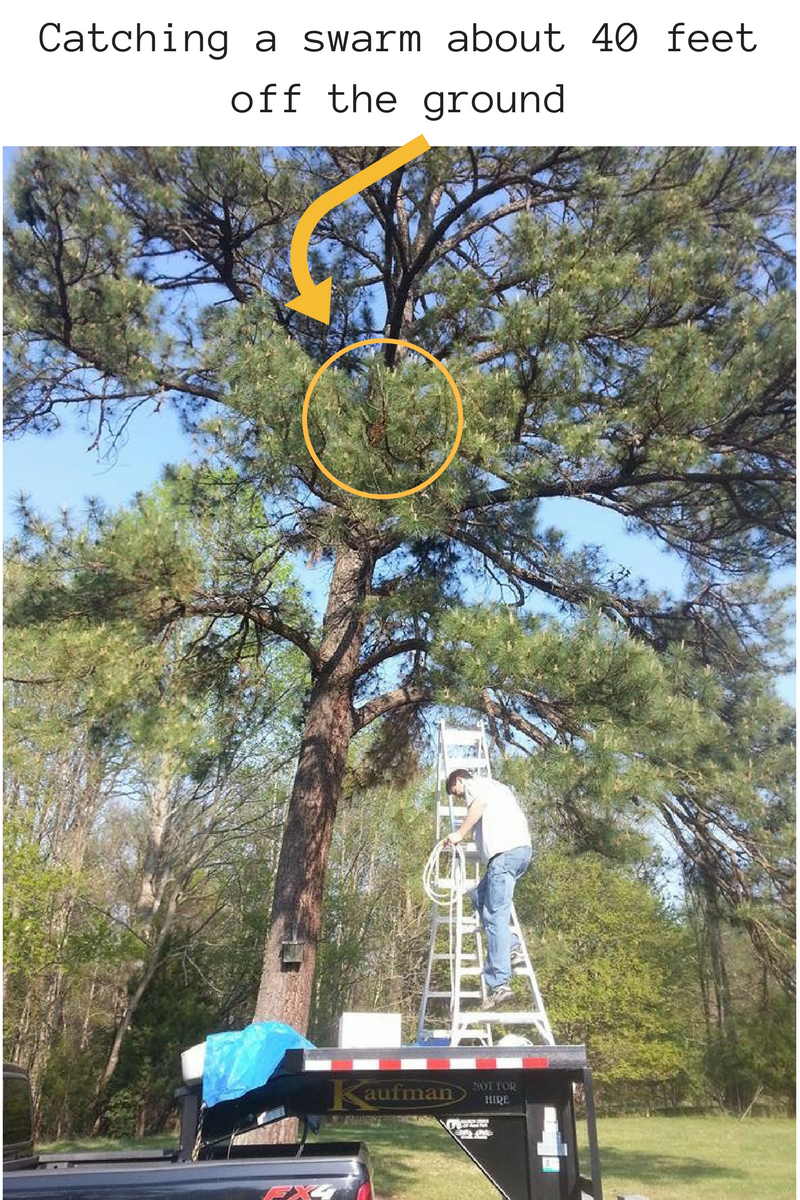


 RSS Feed
RSS Feed


